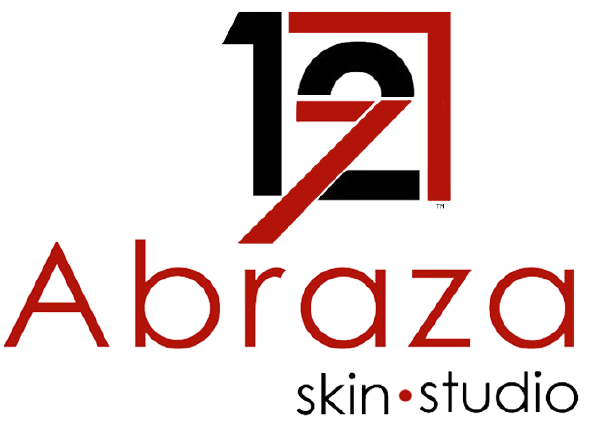Hyperpigmentation Treatments
What is Hyperpigmentation?
Hyperpigmentation refers to darker areas of your skin than the rest of your body. In hyperpigmentation, the brown melanin pigment is overproduced by your body, resulting in darkened skin areas. Melasma, UV damage, and medical disorders are all symptoms of hyperpigmentation caused by too much melanin synthesis or excess melanin.
Melasma is a skin condition caused primarily by a combination of sun exposure, genetics, and hormonal changes and has been linked to the use of oral contraceptives. The most common places of the face where skin pigmentation or dark patches emerge are the cheeks, forehead, nose, upper lip, and chin.
Sun Exposure - Additional melanin is created when the sun's UV rays strike your skin to protect it from damage. On the other hand, sun exposure can generate dark "sun" patches if frequent or substantial. Although sunspots are not cancerous, skin exposed to the sun may develop other precancerous lesions.
Medication or Medical Diseases - Post-inflammatory hyperpigmentation (PIH) is dark spots caused by skin trauma such as acne breakout or a result of a cut to the skin or burn. Antibiotics and various chemotherapy medications can cause hyperpigmentation. Addison's illness, characterized by an increase in melanin synthesis, can lead to hyperpigmentation.
Best Treatments for Hyperpigmentation
Dermatological procedures are the quickest way to get rid of hyperpigmentation. The top layer of your skin, which contains the black spots, is gently removed by treatments. After recovery, dark patches or pigment spots will fade, leaving you with a more even skin tone.
Here are some of the top hyperpigmentation treatments you can add to your skincare routine if you want to even out your skin and get rid of hyperpigmentation. However, in some cases, the melanosomes may be permanently damaged and the hyperpigmentation may be permanent.
MICRONEEDLING
Microneedling helps renew and rejuvenate the skin by creating microchannels that stimulate the production of collagen, elastin, and other growth factors that help improve the density and quality of the skin. These microchannels are created with a medical device containing multiple ultra-fine needles that penetrate the skin, stimulate the body’s natural healing process, and help enhance the benefits of topical skincare products. Serums with brightening agents such as tranexamic acid can be used during and after microneedling to enhance brightening results.
PRP FACIAL
Platelet-rich plasma (PRP) is an autologous treatment that has high amounts of growth factors that help regenerate and mend damaged tissues and cellular structures. It is produced from the patient's own body. PRP can help boost collagen, fade hyperpigmentation, and improve the overall quality and health of the skin.
HYDRAFACIAL
HydraFacial uses patented technology to provide the best treatment possible, with gentle washing, exfoliation, and hydration that can significantly improve skin texture, acne, hyperpigmentation, and age issues. Booster serums may be added that have plant-based brighteners. Customized chemical peels are added to skin that help fade dark spots.
The HydraFacial technique can be customized to your unique needs, allowing your provider to address elasticity and firmness, fine lines and wrinkles, skin texture, sun damage, enlarged and clogged pores, and more.
CHEMICAL PEELS
A chemical peel uses acids in higher concentrations to treat the desired area of skin. To reduce the appearance of hyperpigmentation, they remove the epidermis. Deeper versions may potentially penetrate the main layer of your skin (dermis), producing more dramatic results.
Minimize Future Damage with Proper Skincare Routine
USE SPF & Vitamin C
Make applying sunscreen a part of your daily skincare routine. The most effective treatment for hyperpigmentation is always prevention, and sunscreen is a crucial part of that. Vitamin C is an antioxidant that also protects the skin from UV damage and it brightens dark spots.
Sun exposure can both cause and exacerbate hyperpigmentation; even a few minutes in the sun without protection can intensify skin discoloration, making the problem more challenging to correct.
TRY:
The UV Defender: SPF 40 Mineral Sheer Sunscreen
The Hydraserum 25% Vitamin C, E, Ferulic Acid with Hyaluronic Acid
EXFOLIATE
Exfoliating can help to reduce hyperpigmentation's appearance. Exfoliation clears the top layer of your skin of dirt and debris, as well as any discolored skin cells on the outer layers. This can be done by using an exfoliation scrub or an alpha hydroxy or beta hydroxy acid (AHA/BHA). Abraza Skin Care’s The Antiox Exfoliator and provide mechanical exfoliation and The Illuminator Clear Complexion Pads provide AHA/BHA exfoliation.
Exfoliation will also help any additional treatments to address hyperpigmentation penetrate deeper into the skin, boosting their effectiveness and providing faster results.
LIGHTEN AND BRIGHTEN
Look for skin care treatments that help lighten dark areas and brighten your overall complexion to include in your hyperpigmentation regimen.
Incorporate lightening ingredients into your skincare routine to treat hyperpigmentation, dark spots, and patches: Vitamin C, Licorice Root, Bearberry, Arbutin, Kojic Acid, Niacinamide, Azelaic Acid, and other ingredients.
READ: Top 10 Plant-based Brighteners
TRY:
The Hydraserum 25% Vitamin C, E, Ferulic Acid with Hyaluronic Acid
The Dark Spot Brightening Serum
Know more about Best Treatments for Hyperpigmentation with Dr. Natasha Welch, DNP, FNP-BC Nurse Practitioner, Founder & CEO of Abraza Skin:

